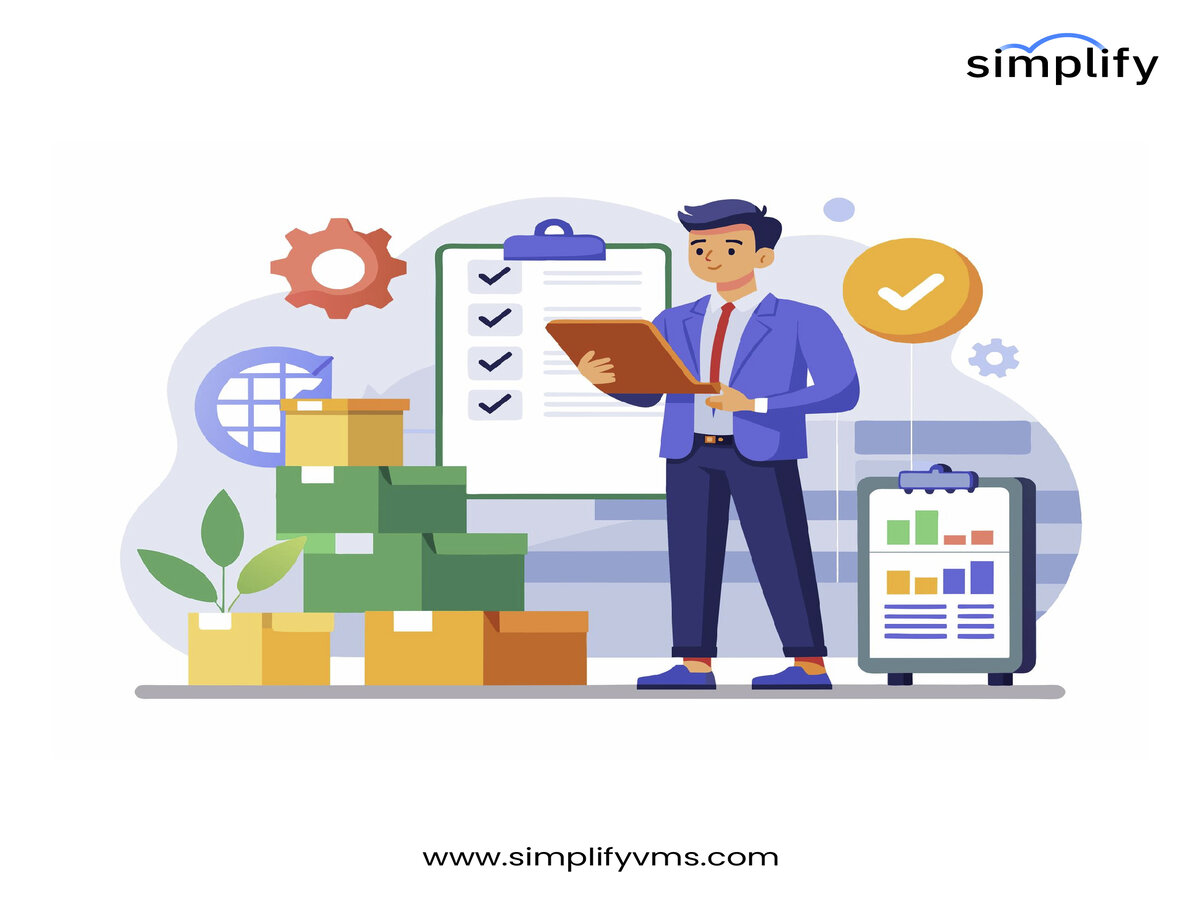
In today’s rapidly evolving business landscape, organizations are continually seeking ways to enhance efficiency, reduce costs, and improve workforce management. One of the most effective ways to achieve these goals is through the implementation of VMS (Vendor Management System) software and comprehensive workforce management solutions. This blog will explore the benefits and functionalities of VMS software, how it integrates with workforce management systems, and the direct sources you can utilize to streamline your operations.
Understanding VMS Software
Vendor Management System (VMS) software is a technology platform that allows organizations to manage their contingent workforce, including temporary staff, freelancers, and independent contractors. VMS software provides a centralized system for sourcing, engaging, and managing vendors and service providers. It automates various processes related to procurement, onboarding, compliance, and performance tracking.
Key Features of VMS Software:
- Supplier Management: VMS software helps organizations maintain a database of vendors, ensuring that all supplier information is current and accessible. This feature enables businesses to evaluate supplier performance and make informed decisions.
- Contract Management: Effective contract management is crucial for mitigating risks and ensuring compliance. VMS software provides tools for creating, managing, and monitoring contracts with vendors, making it easier to adhere to agreements.
- Invoicing and Payments: Automating the invoicing process can significantly reduce administrative overhead. VMS software streamlines invoice approval workflows and ensures timely payments to vendors, which helps maintain positive relationships.
- Reporting and Analytics: With robust reporting capabilities, VMS software enables organizations to track key performance indicators (KPIs) and gain insights into spending patterns, vendor performance, and workforce utilization.
The Role of Workforce Management Software
While VMS software focuses on vendor and contingent workforce management, workforce management software (WMS) takes a broader approach by optimizing the management of an organization’s entire workforce. This includes not only contingent workers but also permanent employees. Workforce management software typically encompasses tools for scheduling, time and attendance tracking, labor forecasting, and performance management.
Key Features of Workforce Management Software:
- Scheduling: WMS tools facilitate efficient employee scheduling, taking into account skills, availability, and workload demands. This ensures that the right people are in the right place at the right time.
- Time and Attendance Tracking: Accurate time tracking is essential for payroll processing and compliance. WMS solutions provide methods for capturing employee hours worked, whether through clock-in/out systems or mobile applications.
- Labor Forecasting: Predicting labor needs can significantly enhance operational efficiency. WMS software leverages historical data to forecast staffing requirements, helping organizations to align their workforce with business demands.
- Performance Management: Performance management tools within WMS software allow organizations to set goals, track progress, and provide feedback, fostering a culture of continuous improvement.
Integrating VMS and Workforce Management Software
For organizations that utilize both VMS and WMS solutions, integration is key to maximizing their benefits. By linking these systems, businesses can achieve a holistic view of their workforce, whether they are contingent or permanent employees.
Benefits of Integration:
- Improved Visibility: Integration provides a comprehensive view of both contingent and permanent workers, allowing organizations to assess overall workforce effectiveness and make data-driven decisions.
- Streamlined Processes: Automated workflows between VMS and WMS eliminate redundancies and reduce manual data entry, leading to increased efficiency and fewer errors.
- Enhanced Compliance: By having all workforce-related data in one place, organizations can ensure compliance with labor regulations, contractual obligations, and internal policies more effectively.
- Better Resource Allocation: With insights from both systems, organizations can allocate resources more effectively, ensuring optimal staffing levels and reducing costs associated with overstaffing or understaffing.
Direct Sources for VMS and Workforce Management Software
When considering the implementation of VMS software and workforce management solutions, it’s important to evaluate direct source platforms that offer reliable and robust systems. Here are some reputable options:
- Leading Software Providers: Companies like SAP, Oracle, and Workday offer comprehensive VMS and WMS solutions. These platforms are known for their scalability, security, and advanced functionalities.
- Specialized Vendors: There are numerous specialized vendors that focus solely on VMS or workforce management. Tools like Beeline and Fieldglass (for VMS) and Kronos and ADP (for workforce management) provide tailored solutions for organizations looking to enhance specific aspects of their operations.
- Cloud-Based Solutions: Consider cloud-based software as a service (SaaS) options, which provide flexibility and scalability. Cloud solutions can be particularly beneficial for organizations that experience fluctuations in workforce size or project demands.
- Consulting Services: Engaging with consulting firms that specialize in workforce optimization can provide valuable insights. They can help assess your current systems, recommend appropriate solutions, and assist in the implementation process.
Conclusion
Incorporating VMS software and workforce management solutions into your organizational strategy can lead to significant improvements in efficiency, compliance, and overall workforce performance. By understanding the unique benefits of each system and exploring direct sources for implementation, businesses can position themselves for success in a competitive marketplace. As the workforce landscape continues to evolve, leveraging technology will be essential for staying ahead and achieving long-term operational excellence.
All you Need to Know about Vendor Data Management System







